Five Tips for Summer Hiking
Hiking in summer is probably the most satisfying of all outdoor activities. It is a great way to connect with the great outdoors while seeing in what summer has to offer.
The trails are characterized by bright colors, hot weather, and long days, making the hike more exciting. Despite its benefits, it's not all sunny! Hiking in the summer carries a lot of risks, such as dehydration due to intense heat or sunburns.
For both experienced and non-experienced hikers alike, it’s important to prepare adequately to make the most of your summer hikes. Here are some indispensable tips that will help you have a safe trip while exploring nature this summer.
Timing your hike
For summertime treks, timing is everything. The hot sun at midday can be very brutal. As well as being tiring, it leads to heat-related illnesses like heat strokes. Plan your hikes during cooler times of the day for safety reasons.
Early morning hikes are the best! It isn't too cold, and there is no strong sun either.
You can also try hiking in late afternoons or early evenings. That’s when the temperatures are cooler because of the sunset, making it bearable for you. The golden hour also occurs during this period, which makes it ideal for photography sessions.
If you hike in areas with big elevation changes, it can be cooler at higher elevations. This makes hiking more comfortable, even at midday. But in desert areas, it can be very hot at any time. In deserts, early mornings are safer.
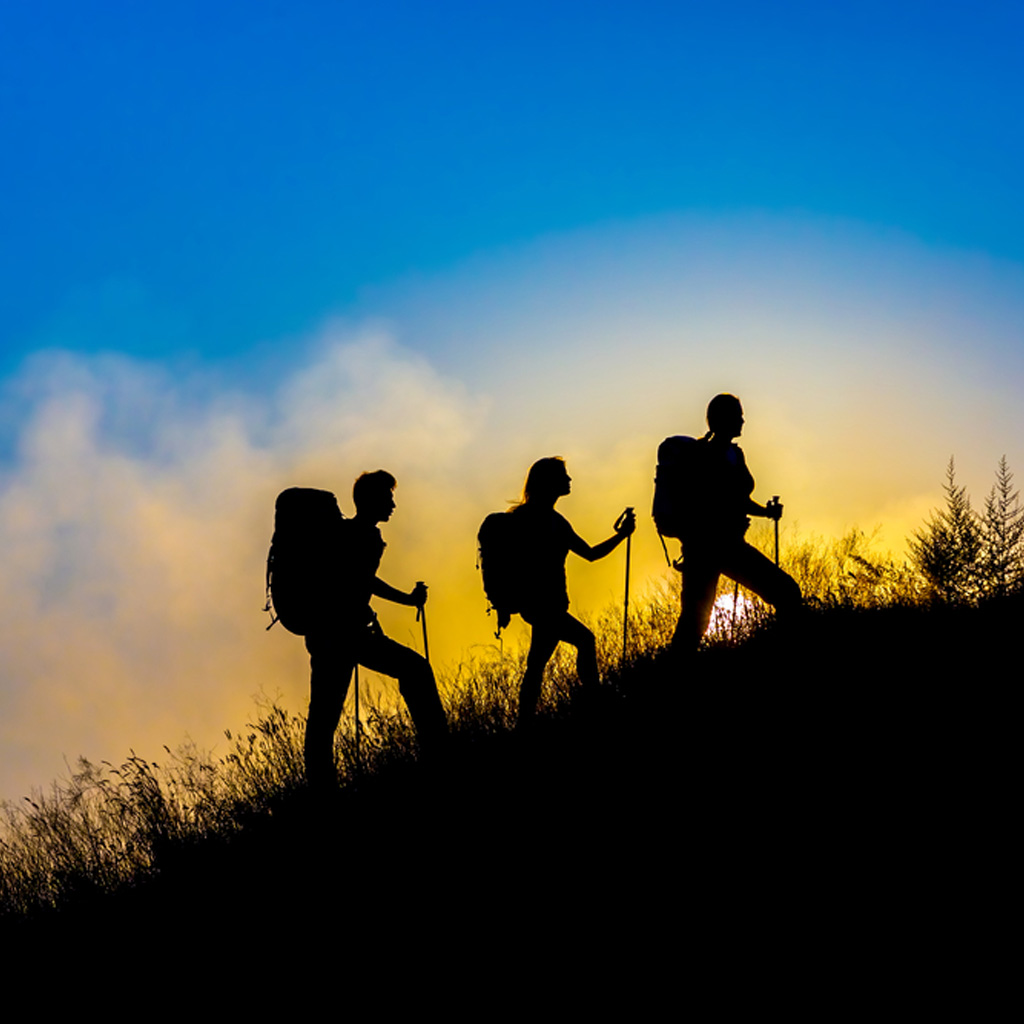
Stay hydrated and nourished
When hiking in the summer, it is important to stay hydrated. You lose water very quickly through sweat, especially in hot weather. Drink fluids regularly to avoid dehydrating.
Drink a minimum of 0.5 liters of water per hour when it is hot. This amount can be more depending on how hard you are going, the temperature, and your personal needs.
Take more than enough water with you; this will come in handy later on your journey. A hydration pack that allows you to drink while walking may help.
Sweat causes you to lose electrolytes such as sodium, potassium, and magnesium from your body.
To replace these lost electrolytes, bring sports drinks, electrolyte tablets, or eat items like nuts and bananas for snacks. These helps keep up energy levels so one does not experience cramps and fatigue.
Pack easy-to-eat snacks. High-energy foods like trail mix, granola bars, and dried fruit make good options here. They offer quick energy without being heavy on the stomach.
Eating little by little helps maintain a constant energy level, preventing tiredness or lethargy from setting in too soon.
Many people make the mistake of eating too much before or during the summer hike. This can lead to fatigue very quickly, depending on the individual.
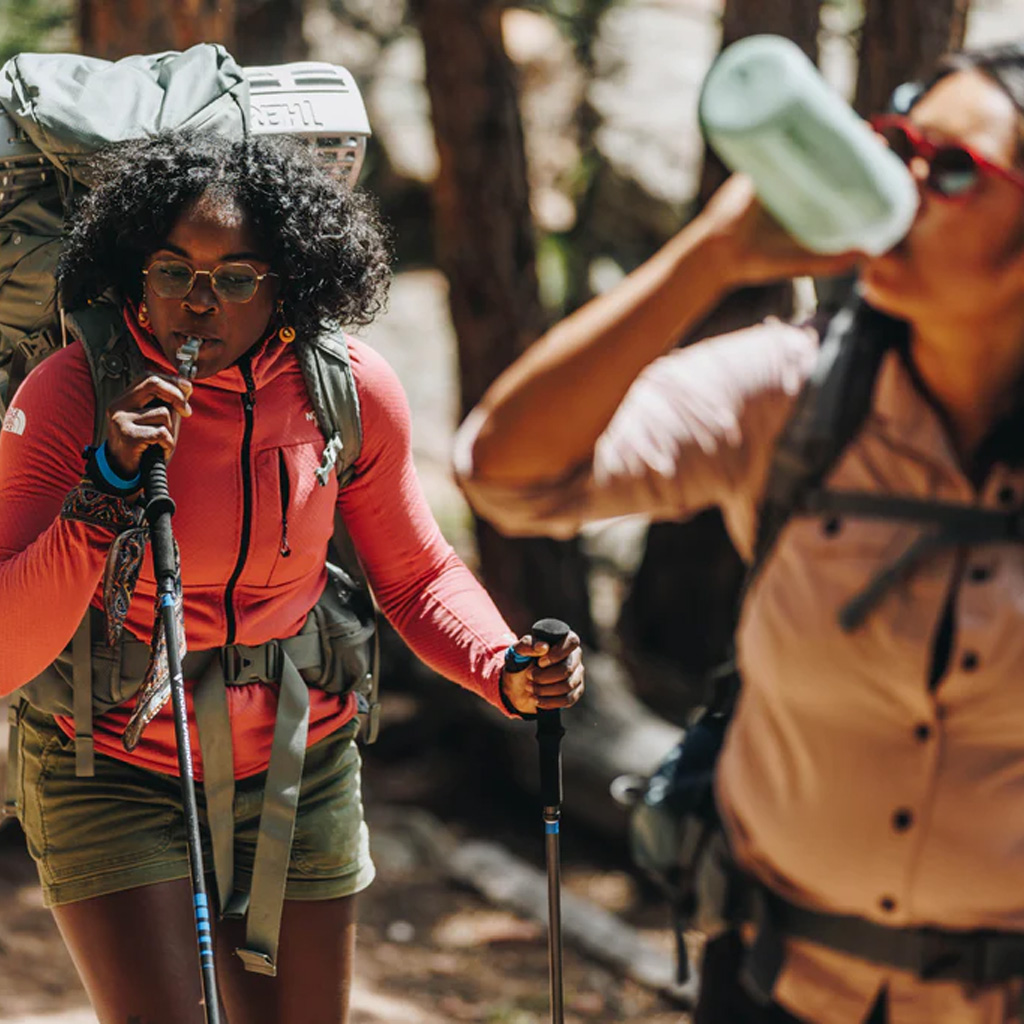
Beat the heat with your clothes
The right attire helps to regulate the body’s temperature, shield one from the sun, and reduce heat risks.
Wear clothing that is made of moisture-wicking and breathable fabrics, such as polyester or nylon. This material pulls sweat off your skin, allowing it to dry faster. Do not use cotton because it retains moisture, leaving you feeling wet and uncomfortable.
To keep cool, dress in light-colored clothing. They reflect sunlight instead of absorbing it, reducing heat buildup. Putting on loosely fitting clothes also allows for better air circulation, helping maintain body temperature at its most comfortable level.
Guard against UV rays affecting your skin by using a wide-brimmed hat that covers your face, ears, and neck area. Also wear sunglasses that screen out UV rays from entering your eyes.
Apply broad-spectrum sunscreen with a minimum SPF of 30 to exposed parts of your body. Reapply after every two hours or following perspiration and on cloudy days.
Put on appropriate shoes for hiking. Opt for boots or shoes that are well-ventilated and have good support, among other qualities.
Moisture-wicking socks help prevent blisters by keeping feet dry. For crossing streams or wet areas, consider water-resistant shoes or carry an extra pair of socks.
Plan your route with shade and rest in mind
Pick trails with lots of trees or natural shade. Shaded trails help keep you cooler and less tired. If the trail is exposed, plan to rest in shady spots.
Take breaks every 20 to 30 minutes. Don’t wait until you’re exhausted. Use breaks to drink water, eat a snack, and check how you feel. If you feel dizzy or very tired, find a cool place to rest.
Be honest about your fitness and the hike’s difficulty. It’s better to choose an easier, shorter trail. This way, you can enjoy your hike without risking injury or overheating.
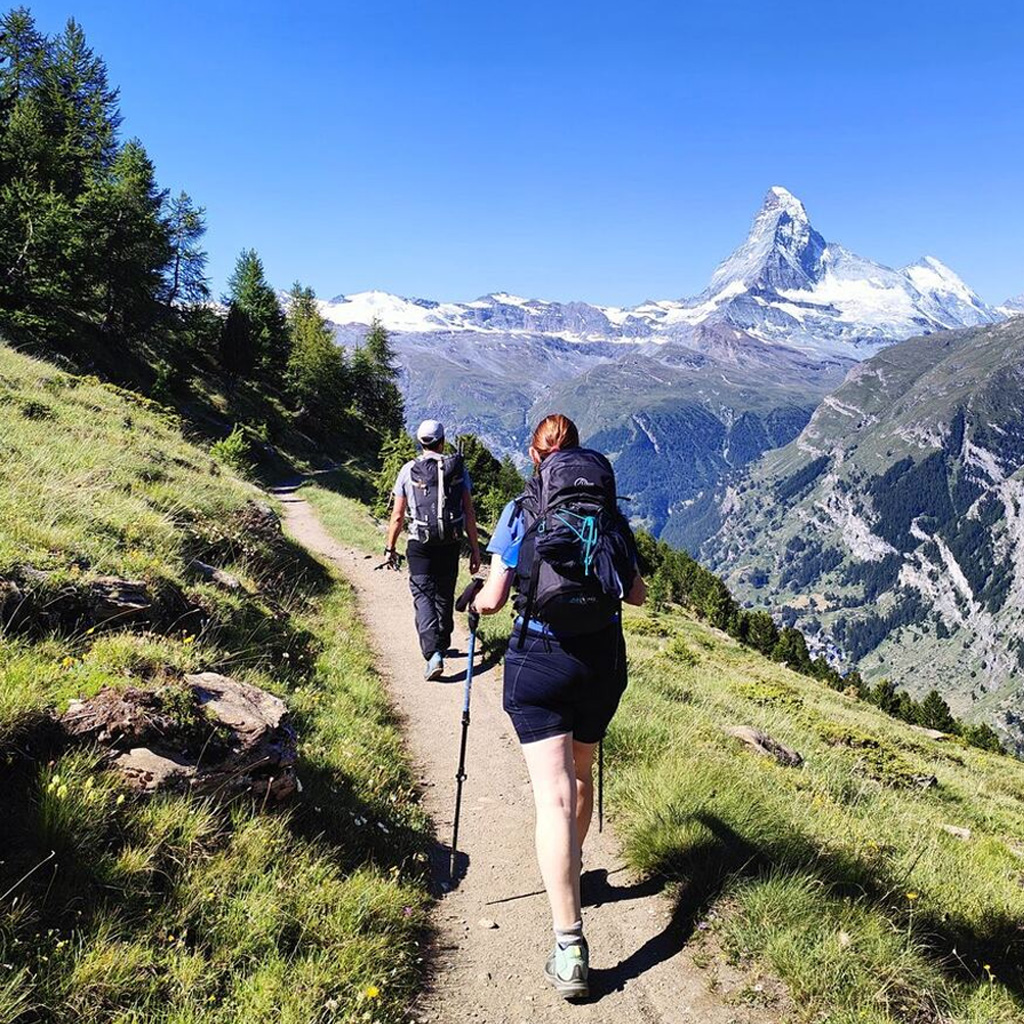
Be prepared for emergencies
Emergencies can happen anytime. Even with good planning, you need to be ready. This helps keep you safe on the trail.
Carry a basic first-aid kit. It should have bandages, antiseptic wipes, blister treatment, and any personal medications. Also, add a small mirror or whistle. These can help signal for help in an emergency.
If you can’t finish your hike due to injury or bad weather, an emergency shelter is important. A lightweight emergency blanket can protect you from the elements. These items are compact and can be life-saving.
Learn the symptoms of heat exhaustion and heatstroke. Heat exhaustion signs include heavy sweating, weakness, dizziness, nausea, and headache. If untreated, it can turn into heatstroke.
Heatstroke has a high body temperature, confusion, and loss of consciousness. Act quickly—move to a cool area, drink fluids, and get medical help right away.
Summer hiking lets you enjoy the outdoors in bright, sunny weather. But the heat and long exposure can be tough. Plan your hikes for cooler times of the day. Drink plenty of water and eat well. Wear the right clothes.
Pick trails with shade. Be ready for emergencies. These tips will help you stay safe and have fun. Enjoy the summer and the beauty of nature, but always take care of yourself on the trail.
OTHER NEWS
-
- How to Choose the Right Sleeping Bag
- By Prodosh Kundu 19 Aug,2024

-
- Paved Paradise or Gravel Playground? Your Guide to the Wild World of Cycling Routes
- By Kamal Singh 17 May,2024

-
- RV Road Trips: Discovering the Beauty of America's Scenic Highways
- By Prodosh Kundu 30 May,2024
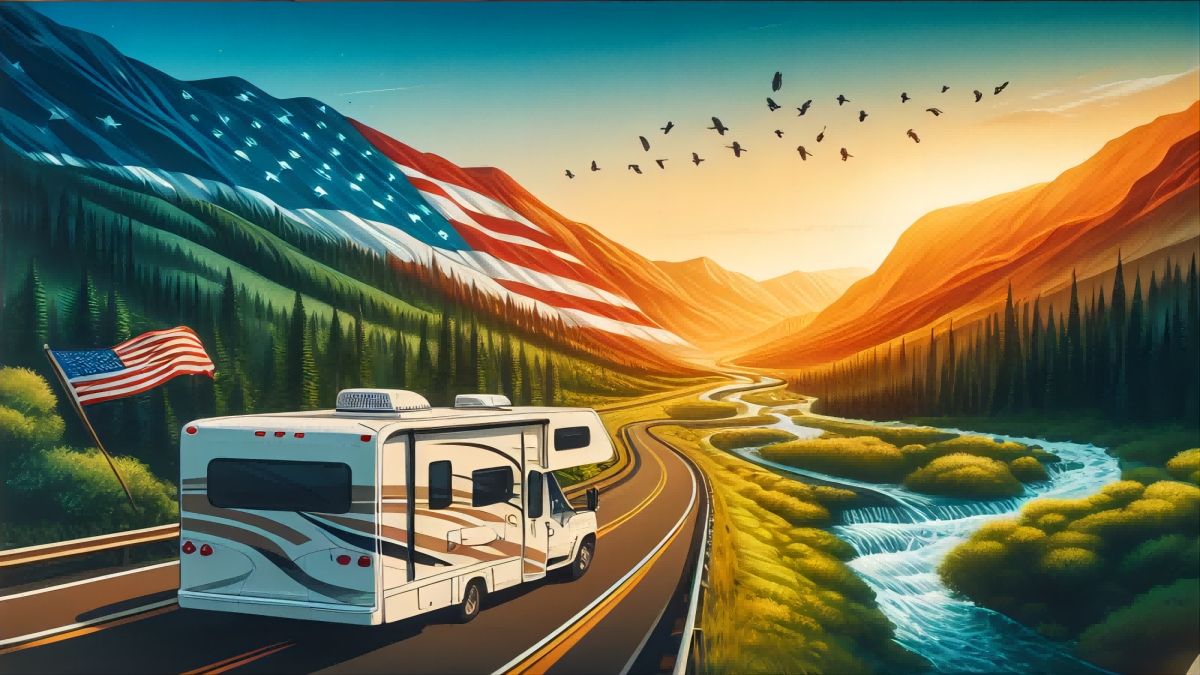
-
- Traveling Along American Riverbanks: A Trip Through the Okefenokee Swamp
- By Kamal Singh 21 May,2024
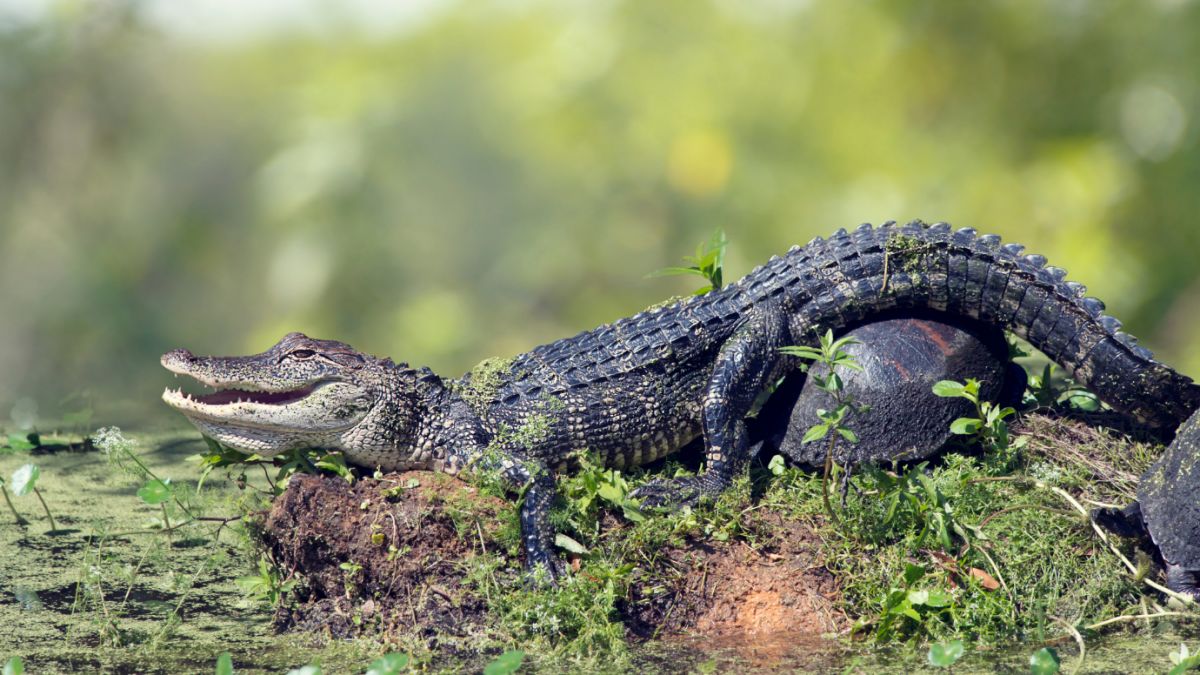
-
- Want to travel? Six tips to make you travel-ready for any season
- By Sharadha Narayanan 21 May,2024
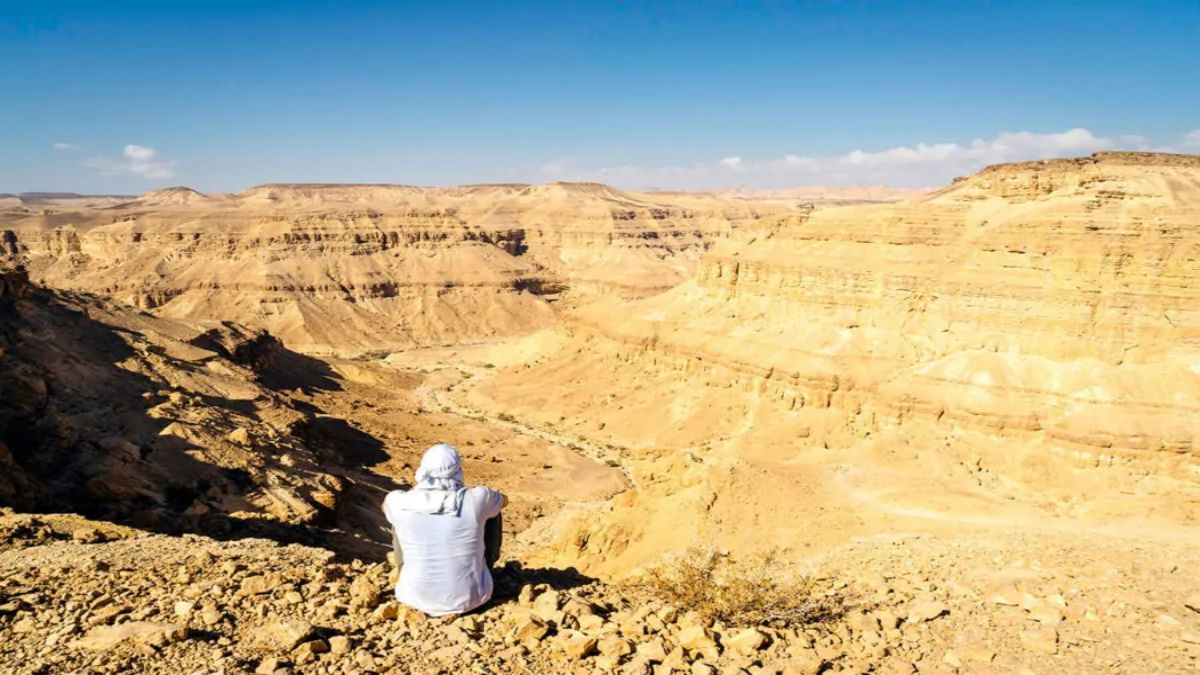
-
- How to Arrange a River Cruise Trip for Yourself?
- By Kamal Singh 21 May,2024
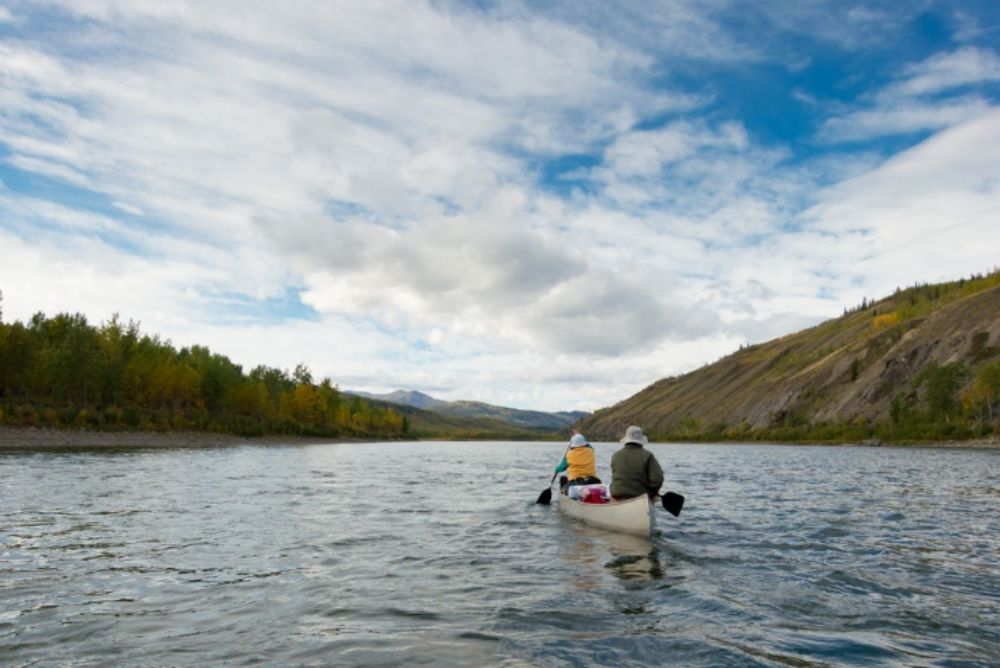
-
- Massachusetts Travel Guide: Everything You Need to Know!
- By Nauman Rehmat 17 May,2024
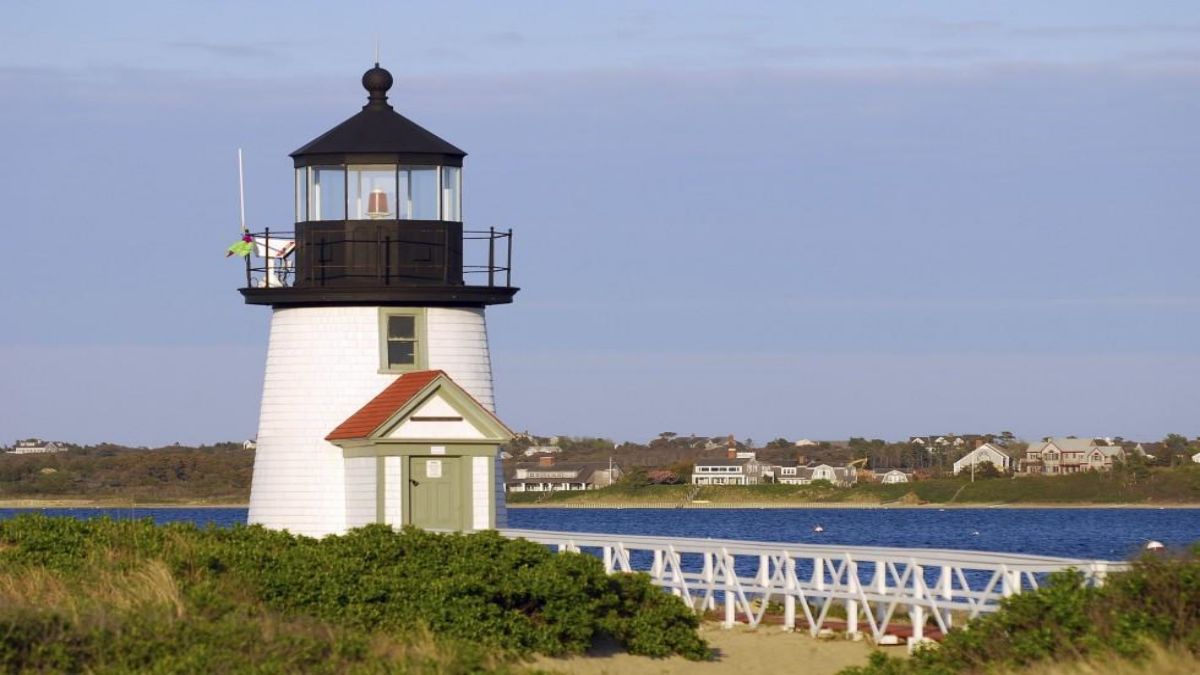
-
- Is Your Bike Talking Trash? Translate Bicycle Trouble with These Easy Fixes
- By Kamal Singh 17 May,2024
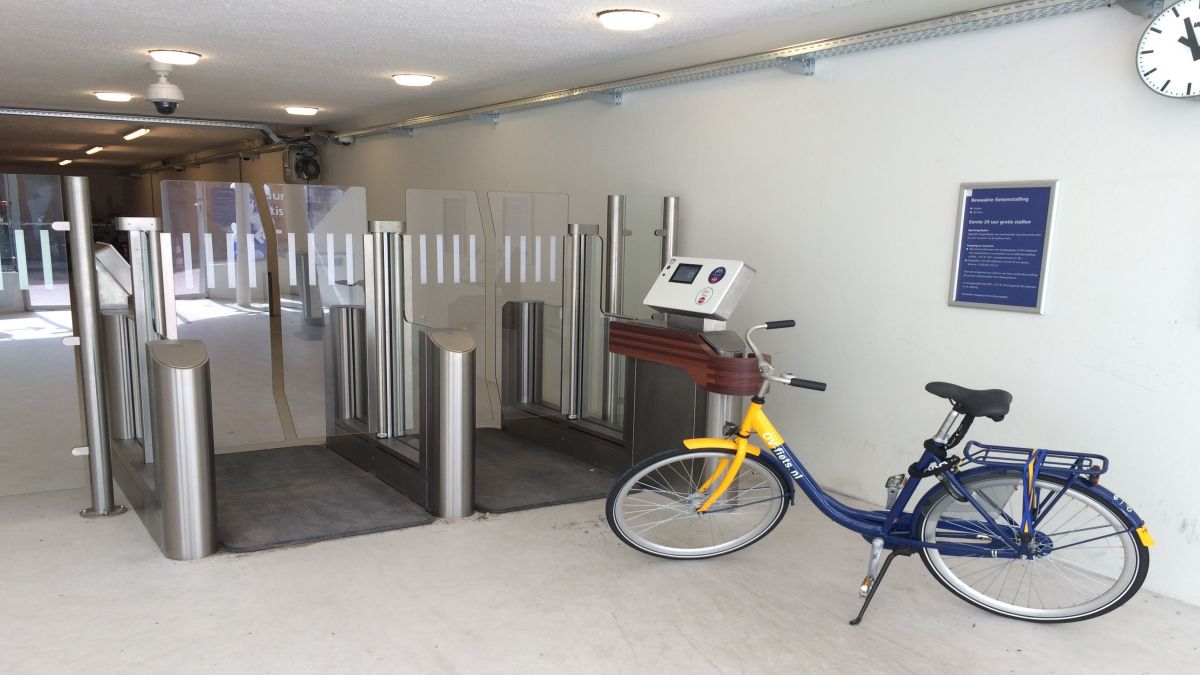
-
- Introduction to the History of Waterway and River Travel
- By Kamal Singh 21 May,2024

-
- Popular River Travel Destinations Around the World
- By Kamal Singh 21 May,2024

-
- Five Tips for Summer Hiking
- By Prodosh Kundu 19 Aug,2024
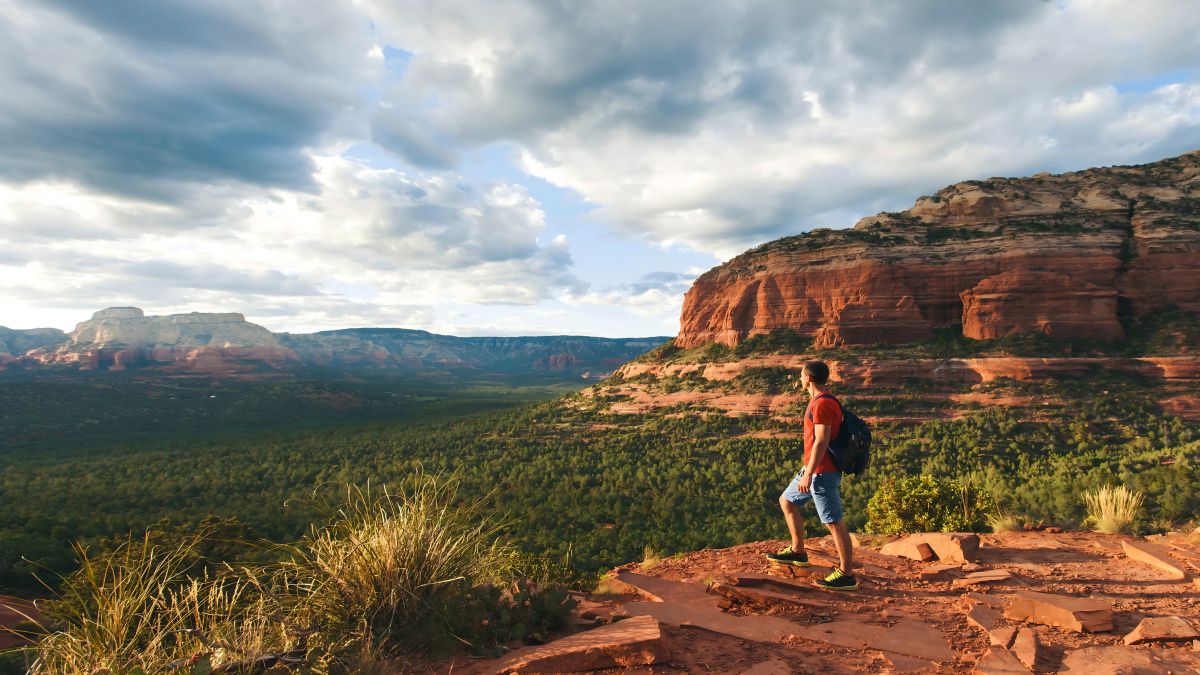
-
- Fortress of Comfort: Choosing the Perfect Tent for Your Backcountry Adventures
- By Kamal Singh 07 May,2024
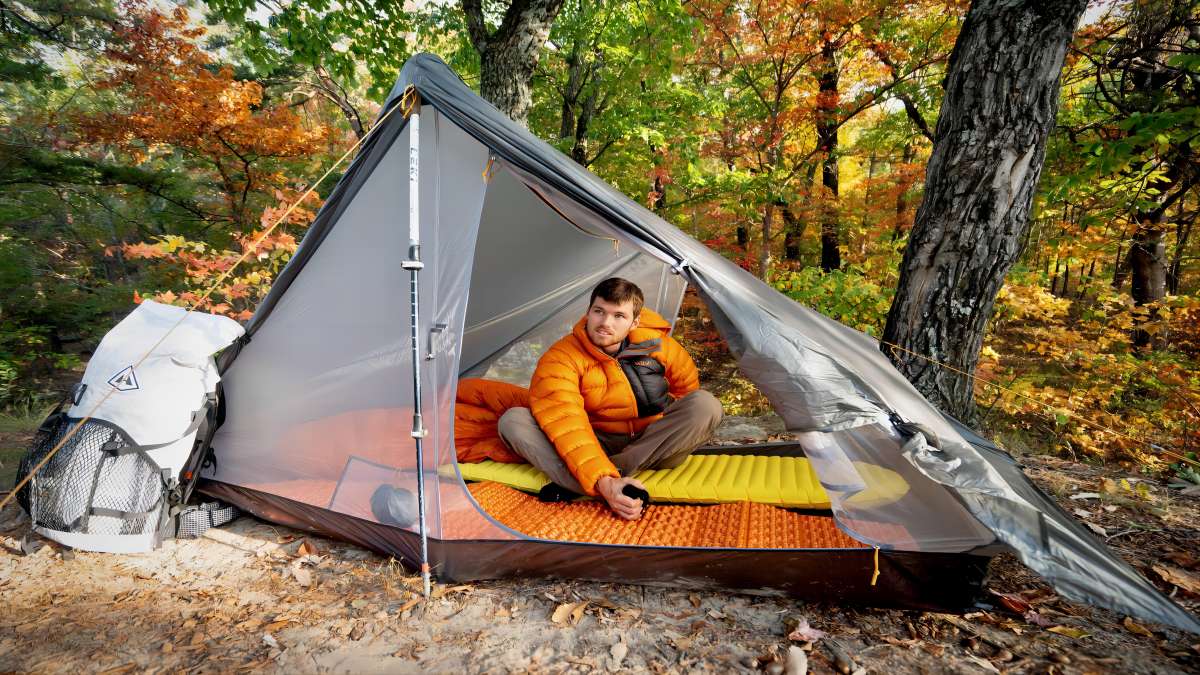
 1
1 1
1